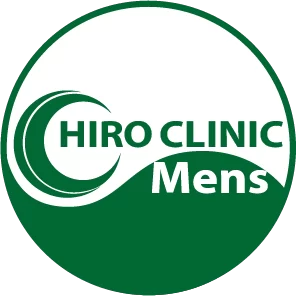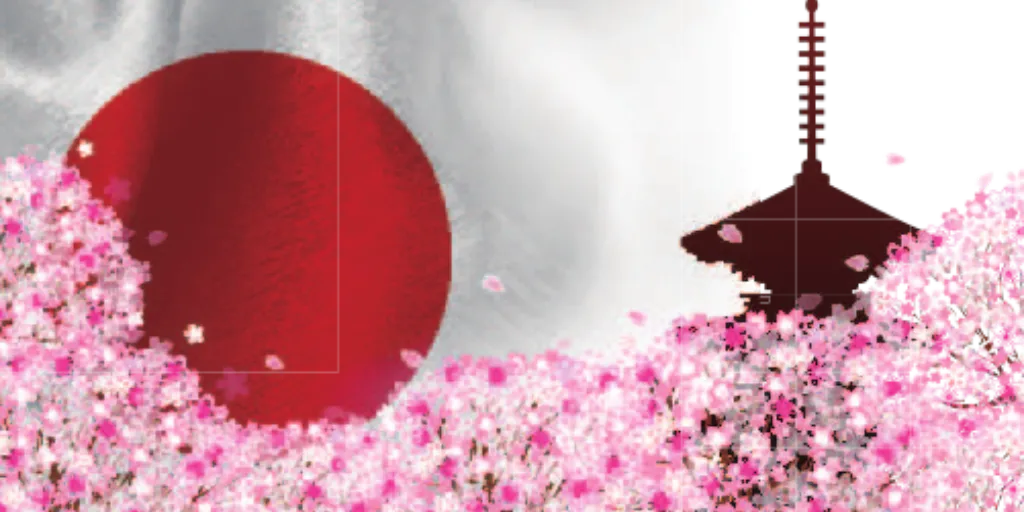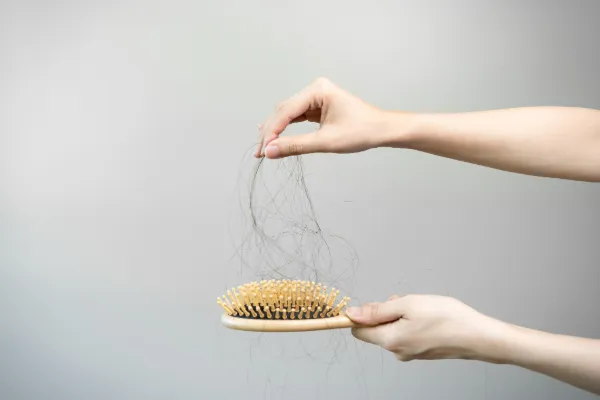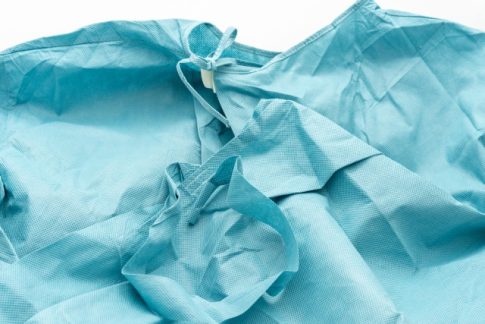この記事の概要
Proper timing of surgery and seasonal care are critical to the success of hair transplant surgery. Since the climate and environment differ from season to season, each season requires its own care. This article details the best time of year for hair transplant surgery and how to care for each season.
The best time for hair transplant surgery
Autumn and Winter
Autumn and winter are considered the best seasons for hair transplant surgery, for the following reasons:
Less sweating: In autumn and winter, you sweat less, making it easier to keep wounds and scalp clean after surgery. The risk of infection caused by sweat is reduced.
Weak UV rays: The UV rays are weak, so your scalp is less susceptible to UV damage after surgery. This allows for smoother post-operative recovery.
Cool Climate: Cool weather can improve your comfort after surgery and help reduce swelling and inflammation.
Spring and Summer
If you are having surgery in the spring and summer, it is important to remember the following:
Sweat and humidity: In spring and summer, humidity levels are high and you tend to sweat, making it harder to keep your scalp clean. This can increase your risk of post-surgery infection.
UV protection: UV rays are strong, so you need to take measures to protect your scalp. Use a hat and sunscreen to protect your scalp.
Use of air conditioning: Air conditioning indoors can easily dry out the scalp, so proper moisturizing care is necessary.
Seasonal care methods
Spring Care
1. UV protection:
Wear a hat: When going outside, wear a hat to protect your scalp from UV rays.
Use sunscreen: If your doctor allows it, apply sunscreen to your scalp as well.
2. Pollen prevention:
Pollen prevention goods: In spring, there is a lot of pollen in the air, so you should use pollen prevention goods. When going out, wear a mask and hat to protect against hay fever.
How often should you wash your hair? Pollen tends to stick to your hair, so wash it frequently after returning home to keep your scalp clean.
3. Moisturizing care:
Use a moisturizing shampoo: Use a moisturizing shampoo to prevent dryness.
Use a moisturizer: Use a moisturizer after washing your hair to keep your scalp moist.
Summer Care
1. Sweat and humidity protection:
Wash your hair frequently: As you sweat easily, wash your hair more frequently to keep your scalp clean.
Use a cooling shampoo: Use a cooling shampoo to prevent itching and irritation caused by sweat.
2. UV protection:
Wear a hat: Because the UV rays are strong, wear a hat when going outside to protect your scalp.
Use sunscreen: If your doctor allows it, apply sunscreen to your scalp.
3. Hydration:
Drink plenty of fluids: It is easy to get dehydrated in summer, so drink plenty of fluids.
Moisturizing care: Use a moisturizer to prevent your scalp from drying out.
Autumn care
1. UV protection:
Wear a hat: Even in autumn, it is important to protect yourself from UV rays. Wear a hat when going outside.
Use sunscreen: Use sunscreen on days when UV rays are still strong.
2. Moisturizing care:
Use a moisturizing shampoo: As the dryness of the hair becomes a concern during this season, use a moisturizing shampoo.
Use a moisturizer: Use a moisturizer after washing your hair to keep your scalp moist.
3. Nutrition:
Balanced diet: To keep your scalp and hair healthy, eat a balanced diet, especially foods rich in vitamins and minerals.
Winter Care
1. Measures against dryness:
Use a humidifier: Use a humidifier to prevent the air in your home from drying out.
Use a moisturizing shampoo and moisturizer: As this is a dry season, use a moisturizing shampoo and moisturizer to prevent your scalp from drying out.
2. Temperature control:
Proper room temperature: Keep the room temperature appropriate as too high a temperature can cause dryness.
Wear a warm hat: When you go out, wear a warm hat to protect your scalp from the cold.
3. Nutrition:
Balanced nutritional diet: In winter, the quality of food tends to decline, so try to eat a balanced diet, especially foods rich in zinc and iron.

Basic scalp care throughout the year
Scalp Cleansing
Wash your hair regularly: To keep your scalp clean, wash your hair regularly. Use a mild shampoo and wash your scalp gently.
Rinse after shampooing: Rinse thoroughly to ensure that no shampoo residue remains on the scalp.
Moisturizing the scalp
Moisturizing shampoo and moisturizer: Use a moisturizing shampoo and moisturizer to prevent your scalp from drying out. Moisturize frequently, especially during dry seasons.
Scalp massage
Increase blood circulation: To increase blood circulation in your scalp, massage your scalp regularly. Gently massage with the pads of your fingers to increase blood circulation.
Balanced nutrition
Vitamin and mineral intake: Eat foods rich in vitamins and minerals to promote healthy hair growth, especially vitamins A, C, E, zinc and iron.
Stress Management
Practice relaxation techniques: Stress can have a negative effect on the health of your hair, so try to find ways to relax. Deep breathing, meditation, and making time for your hobbies are effective.
Conclusion
Appropriate timing and seasonal care are important for the success of hair transplant surgery. Autumn and winter are considered the best seasons for surgery, as the cool weather and low UV rays aid in post-operative recovery. If you are undergoing surgery in spring or summer, you will need to take measures against sweat and UV rays. By taking proper seasonal care and keeping your scalp healthy, you can maximize the results of your hair transplant surgery and support healthy hair growth.
Hiro Clinic Hair Transplant
Hiro Clinic recommends Natural Pro FUE treatment, which can be used on hairless areas where oral medication or injection therapy is ineffective, and leaves barely noticeable scars. Hair roots are harvested from the back of the head and partially shaved, making post-operative care easier, and only the required number of hairs are transplanted with a natural finish. It is a same-day procedure using local anesthesia, and provides gentle, gradual hair growth at an affordable price, making it a safe option in Japan.








